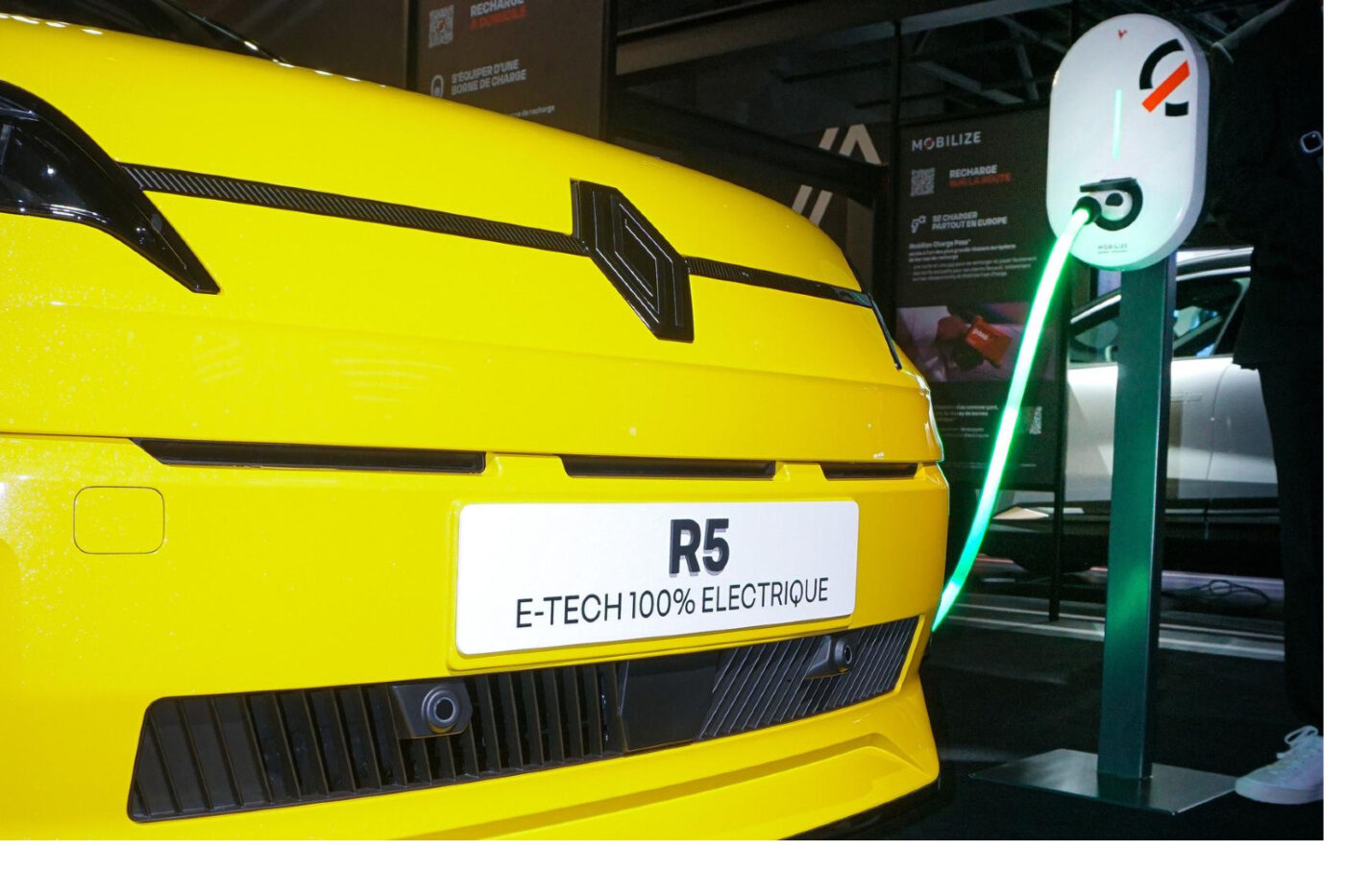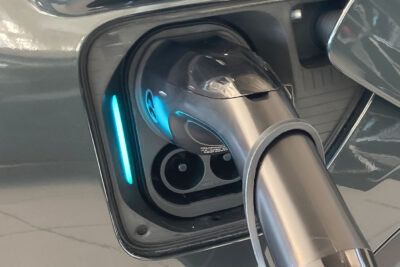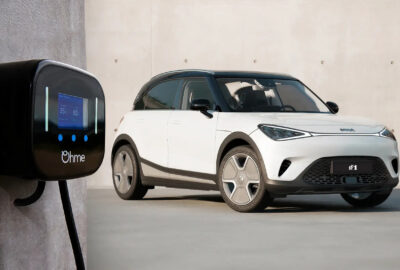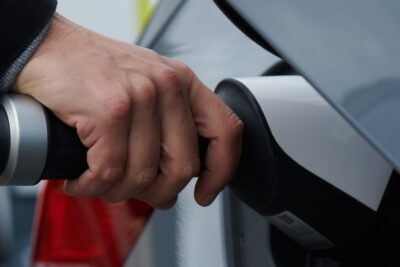Renault and The Mobility House launch V2G project in France
For France, the vehicle-to-grid (V2G) offer, for which Renault’s subsidiary Mobilize and The Mobility House are responsible, is now ready for the market. Car batteries are thus ‘intelligently integrated into the electricity grid for the first time in a commercial and scalable product for end customers’, as the Munich-based company puts it. By feeding electricity back into the grid and the aggregated marketing of this power reserve, vehicle owners will be able to ‘charge and drive for free’, as it were, because their car earns money by feeding energy back into the grid. The Renault Group’s new Renault 5 models and the Alpine A290, which has recently been available to order, are equipped accordingly. Other prerequisites are the AC charging station PowerBox Verso, which is designed for bidirectional charging, and the energy contract Mobilize Power, for which The Mobility House is responsible.
Meanwhile, the roll-out will not stop at France’s borders: “The UK will follow in 2025, while Germany continues to evaluate and develop its approach to implementing V2G technology,” says The Mobility House. The Munich-based company is contributing its expertise and technology components to the cooperation with Renault in order to bundle the vehicle batteries, trade the charging energy on the markets, provide grid services – ‘and allow customers to benefit from this with an innovative energy tariff’, as the company puts it. Customers determine the minimum and maximum charge level of the car and other parameters themselves using an app.
With regard to the scepticism heard here and there that the battery could age prematurely due to the increased charging and discharging processes with V2G, The Mobility House is reassuring: there are no ‘visible wear and tear effects on the battery’ for customers. In addition, “The warranty for the battery is provided by Renault.”
When asked why things can now get underway in France but not yet in other countries, The Mobility House provides the following explanation: “Compared to Germany, France and the UK offer significantly better regulatory framework conditions for the expansion of bidirectional charging.’ This is mainly due to the following factors: ‘supportive regulation, smart meter expansion and digitalisation.”
France is therefore further ahead than Germany when it comes to regulation. According to the Munich-based company, the parties involved recognise the added value of bidirectional charging and are committed to pragmatic solutions. In addition, smart meters and efficient registration processes are available across the board, meaning that an important building block for V2G is already in place for end customers. The fact that there is only one major distribution grid operator in France, Enedis, plays a major role here.
In Germany, on the other hand, there is a decentralised electricity grid with over 900 grid operators, which naturally makes it more difficult to implement innovative technologies. In addition, The Mobility House believes that regulatory hurdles still need to be removed in Germany – ‘especially the double grid fees’ and the slow smart meter rollout needs to pick up speed. “As things stand today, the rollout is failing due to the slow implementation on the part of the statutory metering point operators and, in particular, due to the lack of processes by the grid operators for competitive metering point operators,” the analysis concludes.
The UK comes in between as a potential V2G market. According to The Mobility House, the British are very advanced in terms of regulation and are consistently pushing ahead with bidirectional charging. The nationwide expansion of smart meters is also progressing well. “The second generation is already being
already being rolled out.” The six distribution system operators active in the UK – organised via the ENA – also have standardised and fully digitalised processes. digitalised processes.
The different levels of the countries are reflected in Renault’s V2G roadmap: on the German market, Renault launched the electric R5 in May without the promised V2G capability due to regulatory delays. The two higher motorisations of the compact electric car should actually each have a bidirectional AC charger on board and – as announced by Renault in mid-2023 – be capable of V2G charging from the start (we have explained exactly how this works here). While the feature is now actually being introduced in France, the vehicles in Germany will initially only support the already widespread V2L, such as charging external devices with 3.7 kW.
Despite the delayed introduction in other countries, The Mobility House now describes the launch in France as “the beginning of a new era in which electric vehicles not only consume energy, but also return it to the grid and thus become storage power plants.” Thomas Raffeiner, founder and CEO of The Mobility House, recalls that his team has broken new and challenging ground since the company was founded in 2009. “With the launch in France, we have reached an important milestone that proves that we are technically capable of successfully implementing V2G. Now we need to show that it is possible to drive an electric car free of charge and with zero emissions in Germany too.”
The Mobility House is working intensively on the question of how the so-called charging flexibility of electric cars can be utilised without sacrificing convenience for the user. The core of the idea is that electric cars spend most of their time parked and not driving. In 2023, the Munich-based company launched ‘eyond’, a service that aims to secure income for private EV drivers with a home charger and at the same time contribute to the energy transition – initially unidirectionally, and in future also bi-directionally.
The aim of The Mobility House is to harmonise the fluctuating availability of renewable energies with the charging needs of users, to market the flexibility gained on the electricity markets and to pass on the financial benefits to customers. As always, the Munich-based company operates at the interface between the mobility and energy markets. In the case of ‘eyond’, the revenue generated is intended to make charging cheaper for end customers and at the same time stabilise the electricity grids and markets with the flexibility provided. At the heart of The Mobility House’s V1G and V2G solutions is an EV aggregation platform, which the company uses to market its customers’ aggregated charging flexibility on various electricity markets.
mobilityhouse.com, themobilityhouse.com (Factsheet, PDF)





0 Comments